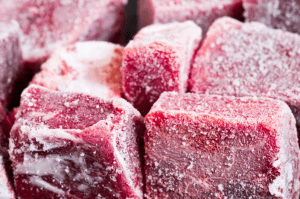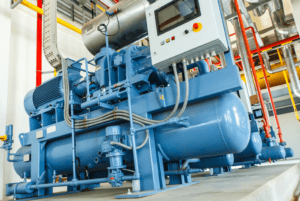

Supply & Demand Chain Executive Green Supply Chain Award for Viking Cold
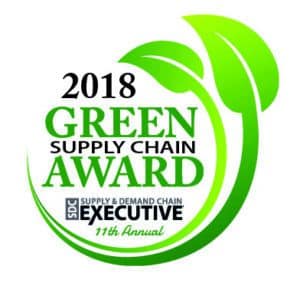
Grocery Business – 3 Energy Strategies to Increase DC Profits
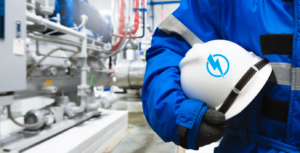
5 Ways to Reduce Energy Costs in Refrigerated Warehouses on SupplyChainDive.com
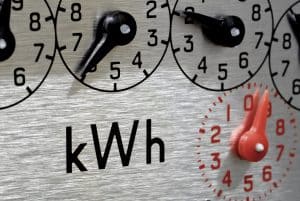
Release: Mexican Cold Storage Operator Reduces Energy Consumption 20% Using Thermal Energy Storage
MONTERREY, MEXICO and HOUSTON, TX (Business Wire) – Viking Cold Solutions, the leading Thermal Energy Storage (TES) provider for the low-temperature cold storage industry, announced its partnership with Red de Frios to manage energy usage in one of its 2,500 square foot frozen food warehouses at Almacén Ruíz Cortines in Monterrey, Mexico. Viking Cold’s patented TES system reduces overall electricity consumption and shifts energy usage to less expensive periods of the day. This project is the first of its kind in Mexico, the second largest economy in Latin America, and marks the first installation of Viking Cold Solutions’ technology in Latin America outside of the Caribbean.
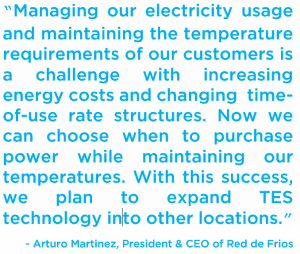
Read More →
Arizona State University: SUB-ZERO SUSTAINABILITY – Energy-Saving Solution for Frozen Food Storage Could Mean Big Cost Savings
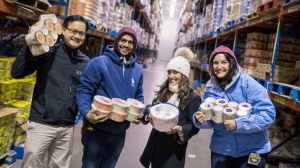
Grocery Business: Defrosting the Top Risks in Cold Storage

Potato Business Exclusive: Stable Temperature Is Essential in a Cool Storage
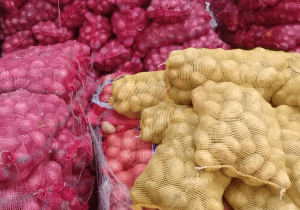
Case Study: Warehouse Drops Consumption 43% and Peak Demand 29% for 13 Hours

The utility rate plan for this facility includes increased pricing for kWh consumption and peak kW demand during a 13-hour peak period (8:30 am to 9:30 pm) Monday through Friday that accounts for nearly 50% of the annual energy costs at the Dreisbach facility.
Read More →
Frozen Food Risk: The Unfrozen Water Inside on FoodDive.com
